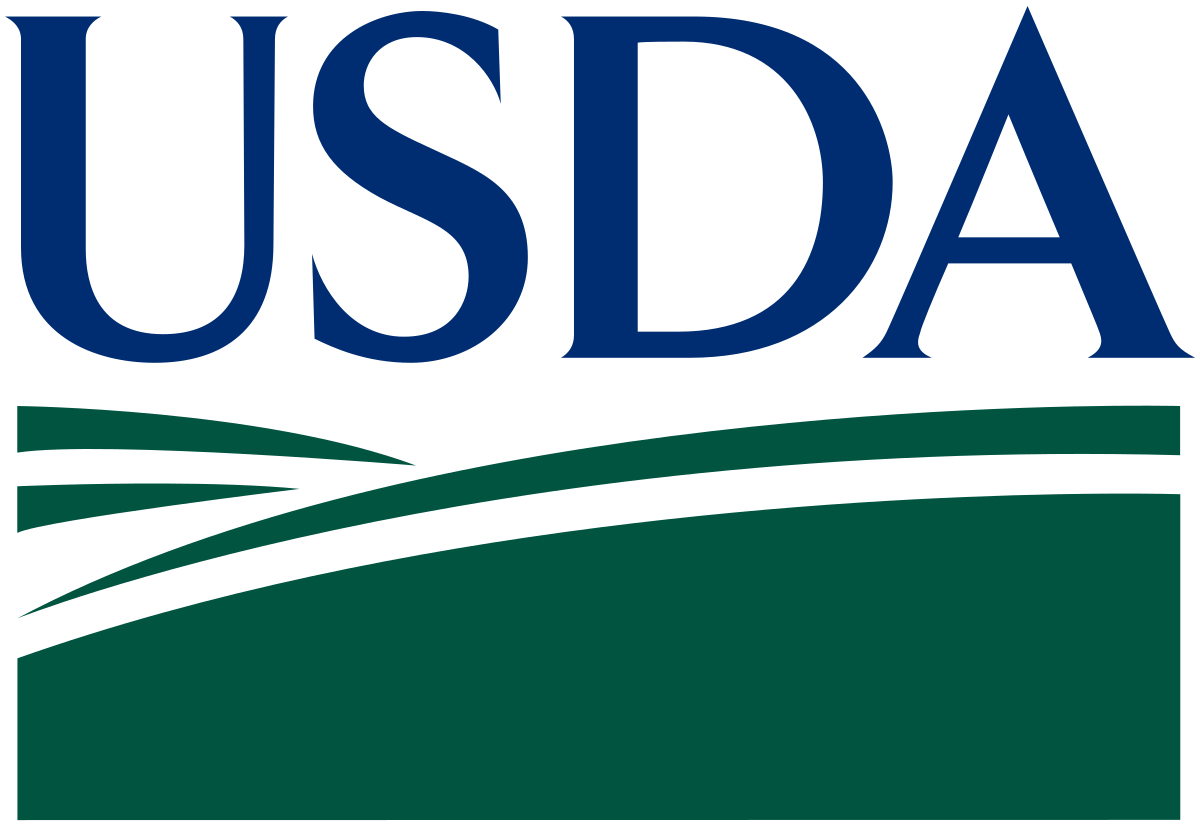Dive into the rise and hurdles of the U.S. dairy scene. How are shifting consumer tastes molding dairy’s future? Learn more.
Summary:
The U.S. dairy industry is experiencing rapid growth and evolution, with annual sales exceeding $76 billion, affirming its position as the leading sector in grocery sales. This shift is characterized by a decline in fluid milk consumption and a heightened focus on manufactured dairy products like cheese and yogurt, which now account for over 80% of U.S. milk production. Emphasizing milk solids over volume, the sector is adapting to changing consumer preferences. Moreover, U.S. dairy exports have gained prominence, representing up to 18% of the annual milk supply and recording $9.5 billion in value in 2022, with key markets in Mexico, Canada, China, and the Philippines. This success hinges on maintaining quality and innovation, presenting opportunities in health-conscious and sustainable products, such as lactose-free alternatives, even as the industry navigates challenges in fluid milk sales. The industry’s adaptability and focus on innovation ensure that it remains competitive both domestically and globally.
Key Takeaways:
- Dairy product sales in the U.S. are robust, exceeding $76 billion annually, yet traditional fluid milk sales are declining.
- Consumers are increasingly favoring manufactured dairy products like cheese and butter, driven by a preference for milk components such as protein and butterfat.
- U.S. dairy exports are a growing segment, now constituting 16% to 18% of the U.S. milk supply, with record values in recent years.
- The dairy industry is navigating challenges like declining fluid milk sales and supply chain disruptions while capitalizing on opportunities for health-conscious products.
- By focusing on innovation and adapting to global demands, the U.S. dairy sector is strategically positioned for future success.

The U.S. dairy industry is undergoing significant changes, with more than $76 billion in annual sales, making it the most significant part of grocery sales.
Have you ever considered how changes in dairy consumption influence the industry’s future? As less milk is sold and people prefer cheese and yogurt, what does this mean for traditional dairy farms? It’s not only about selling milk anymore; it’s about discovering innovative ways to meet the demands of today’s consumers. The future isn’t just about keeping this growth going but also about understanding the fast-changing needs of people in the U.S. and worldwide.
We’ll explore several key areas impacting this dynamic sector as the industry transforms. We’ll begin by examining the evolution of dairy consumption patterns and how consumer preferences are reshaping the market. Next, we’ll delve into the trends influencing the shift toward consumable dairy products, highlighting the emerging popularity of yogurt, cheese, and butter. Our journey won’t stop there; we will also assess the global expansion of U.S. dairy exports and how innovation is leading the charge. Finally, we’ll tackle the innovative strategies the industry is deploying to navigate current challenges while seizing new opportunities, and we’ll look ahead to envision how the industry might evolve.
Evolution of Dairy Consumption Patterns: Adapting to Changing Preferences
Despite the decline in fluid milk consumption, the U.S. dairy industry has shown remarkable resilience. The shift from more than 50 billion pounds annually in the mid-1900s to 42.8 billion in 2023 is a testament to the industry’s adaptability to changing consumer tastes.
The way Americans eat has changed over time. People are moving away from traditional breakfasts of cereal and milk or afternoon snacks of milk and cookies. Modern health advice often recommends plant-based options, leading to less traditional milk being used.
Interestingly, different types of milk are not declining in popularity at the same rate. While reduced fat and skim milk have decreased significantly, whole milk has returned. It went up to 16.2 billion pounds in 2023, likely because it tastes more affluent and more people are interested in full-fat dairy products with new diet trends.
The decrease in fluid milk consumption reflects the substantial changes in consumer preferences. This underscores the urgent need for the U.S. dairy sector to continually adapt and evolve to meet the market’s changing demands.
The Transition to Consumable Dairy: Embracing Changing Consumption Trends
The dairy world is changing, with most U.S. milk becoming products like cheese, butter, yogurt, and ice cream instead of being sold as milk. People like to eat their dairy more than drink it. This new trend means things like protein and butterfat are more important than just the amount of milk you have. But why is this happening?
Take cheese, for example. Americans eat an average of 40 pounds of cheese yearly, a massive 45.8% increase in the last 25 years. Butter is also popular, with usage going up by 43.2%. Yogurt is the most fantastic story, with people eating 142.4% more than before. There’s a significant change happening, with more people interested in healthy, fermented products.
This growth is driven by changing dietary habits and an expanding market for high-quality products favored by health-conscious consumers. Dairy is being redefined to fit in with daily diets, focusing on protein-rich foods and products that can be used in many different meals. As the focus moves to quality, the dairy industry is changing how it works to match what modern customers want, leading to a new wave of dairy changes.
Global Expansion: U.S. Dairy Exports Leading with Innovation
The rise of U.S. dairy exports is an exciting story of determination and creativity. The industry has become a strong global player, growing from 16% to 18% of the nation’s milk supply. In 2022, U.S. dairy exports hit new records, reaching $9.5 billion in value and 2.82 million metric tons in volume. These numbers show not only the industry’s strength but also its smart growth into crucial world markets.
Countries like Mexico, Canada, China, and the Philippines have become essential in this export story, setting record import volumes and showing a growing taste for American dairy products. Each of these markets has unique needs and likes. Still, they all appreciate the quality and variety of U.S. dairy goods.
The U.S. dairy industry’s success in the global market is not just about selling a lot but maintaining high quality and adaptability. The industry’s commitment to innovation in dairy production and processing has helped it keep up with and predict what global customers want, ensuring its competitiveness and readiness for the future.
As the global demand for dairy products continues to rise, the U.S. dairy industry’s forward-thinking approach helps it maintain its position as a reliable global supplier and positions it for further growth and success.
Innovative Solutions: Navigating Challenges and Seizing Opportunities
The U.S. dairy industry is at a key moment, facing significant challenges and great opportunities. The drop in milk sales is a concern. People’s habits and tastes are changing. It’s not just about choosing milk over juice anymore—it’s about finding products that fit today’s lifestyle, focus on health, and are eco-friendly.
Supply chain problems add more challenges. Shipping issues and changing costs affect every part of the dairy process, from the farm to your fridge. Solving these issues requires thoughtful planning to handle changes before they become big problems.
However, these challenges also offer solid opportunities for growth. As more people want healthy products, the dairy industry must create new items. Lactose-free dairy products are becoming popular as more people look for options that fit their diet needs. This trend shows promise, supported by the notable rise in demand for lactose-free milk and yogurt. This will lead to an expanded range of products to meet a wider consumer audience.
With increasing environmental consciousness, individuals opt for products that align with these values. This offers a chance to change the market and lead the creation of practices that focus on environmental sustainability.
The U.S. dairy industry must adapt and thrive in the face of these challenges. By thinking ahead, planning with trends, and embracing new ideas, dairy professionals can navigate the industry’s challenges and take advantage of its opportunities. Together, we can shape the future of dairy and ensure its continued prominence in diets worldwide.
The Bottom Line
As we finish examining the journey of the U.S. dairy industry, it’s clear that it has changed and grown significantly. Traditional milk sales have decreased, but processed dairy products are more popular. The industry has become more varied and focuses heavily on exports. This change isn’t just about keeping up with the market; it shows how the industry can innovate and meet global demand, securing its spot internationally.
But here’s an essential question for everyone involved in this industry: As the dairy world keeps changing, what role will you take in shaping its future? Will you watch from the sidelines or step up with new ideas and determination to protect dairy’s future? Looking ahead, it’s not just about staying with the times—it’s about leading. What role will you play in shaping the future of the dairy industry? The time to act is at this moment.
Learn more:
- Global Dairy Trade: Key Insights Every Dairy Farmer Should Know
- U.S Dairy Industry Pushes for Enhanced Trade Policies to Boost Exports and Strengthen Supply Chain
- Mid-Year 2024 Global Dairy Business Review: Key Developments from January to June
 Join the Revolution!
Join the Revolution!
Bullvine Daily is your essential e-zine for staying ahead in the dairy industry. With over 30,000 subscribers, we bring you the week’s top news, helping you manage tasks efficiently. Stay informed about milk production, tech adoption, and more, so you can concentrate on your dairy operations.







 Join the Revolution!
Join the Revolution!






